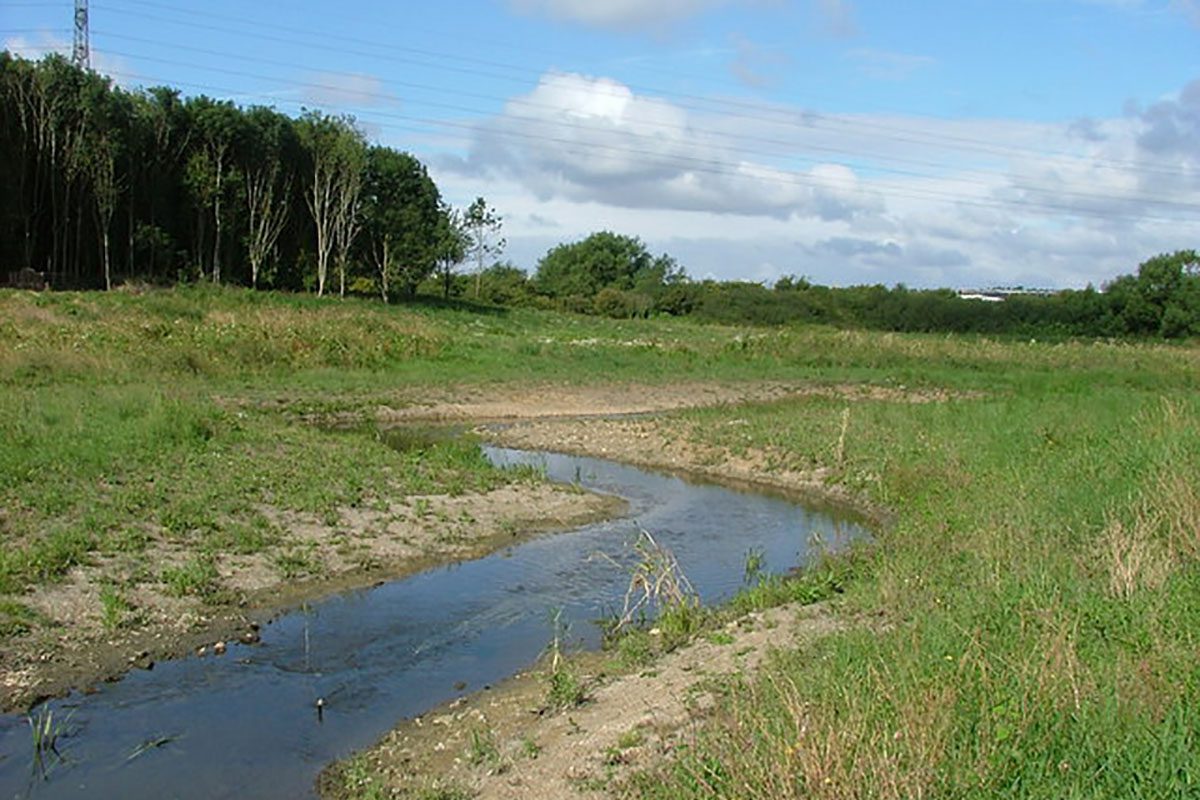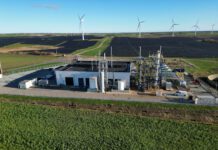
Improvements in wastewater treatment in the UK over the past 30 years are linked to improvements in river biodiversity, according to a study conducted by researchers at the Centre for Ecology & Hydrology.
The group analysed data from the regular monitoring of both chemicals and invertebrates in the River Ray in Wiltshire by the Environment Agency and its predecessors between 1977 and 2016. This Thames tributary is downstream from Swindon’s large wastewater treatment plant.
The Defra-funded study found that, since 1991, there has been a steady increase in both the diversity and abundance of freshwater invertebrates, which play a vital and varied role in an ecosystem’s food chain. The water is cleaner due to a reduction in ammonia (a chemical present in human sewage that is potentially toxic to animals) plus an increase in oxygen levels (as a result of less organic matter being discharged into the river).
The findings, published in the journal Environmental Toxicology and Chemistry, echo other research which indicates there has been an increase in the biodiversity of many rivers across the UK. This latest analysis, which carefully examines four decades of chemistry and invertebrates data, offers an explanation why this has happened.
Professor Andrew Johnson of the Centre for Ecology & Hydrology, who led the study, explains: “There was a marked increase in the diversity and abundance of freshwater invertebrates on the River Ray immediately after 1991 and there has been a steady improvement since then. Therefore, we have identified Thames Water’s investment in improved treatment to comply with the EU Urban Wastewater Directive, which was adopted that year, as the crucial turning point.”
In practice, the implementation of the directive in the UK meant many large wastewater treatment plants including that at Swindon had to switch to the ‘activated sludge’ process, which is a more efficient way of dealing with large amounts of sewage water than the older ‘trickling filter’ system.
Professor Johnson believes the increase in biodiversity on the Ray – a small river taking the entire treated wastewater of a large town of 200,000 residents – is extremely encouraging. “It indicates that even for rivers with a very high wastewater content, their fortunes can be turned around,” he says.
“It is wonderful to think that people walking by the Ray are seeing returning species of damselflies and caddisflies that they weren’t seeing 30 years ago.”
The European Union had been considering the merits of charcoal filtering as an additional, final stage of the wastewater treatment process to remove pharmaceuticals – a measure that could cost a total of £30 billion to introduce at treatment plants in England and Wales. However, the analysis by CEH found the trial introduction of charcoal filtering at Swindon between 2008 and 2014 resulted in no significant increase in the diversity and abundance of freshwater invertebrates, over and above the existing improving trend.






